the history of the series of praktica cameras is in a way connected to me growing up in eastern germany. I think I got my first plastic point and shoot when I was 6 years old. It was a beirette sl100 and I would carry the camera loaded with a 12 frames fast loading cassette everywhere. Later I got a beirette vsn, also a point and shoot but already loaded with 36 frames. But what I wanted was a SLR. My brother had a Exa 1b and I always wanted what my brother had. But I wanted a praktica, the bigger brand of the east german SLRs. When I had saved up the money, my parents and I would drive to Berlin to get the current model since the cameras weren’t widely available. Berlin was a good guess since the east german capital was preferred for its many international visitors as well as Leipzig during the internally trade fair in spring and autumn. My first own SLR was an MTL 5B with a pentacon auto 1.8/50mm multi-coated lens. All this happened in 1985 and I was about to enter high-school. The camera was used heavily until about 1990, the year of the german re-unification, when I got a Canon SLR with auto focus, motor drive and a zoom lens.
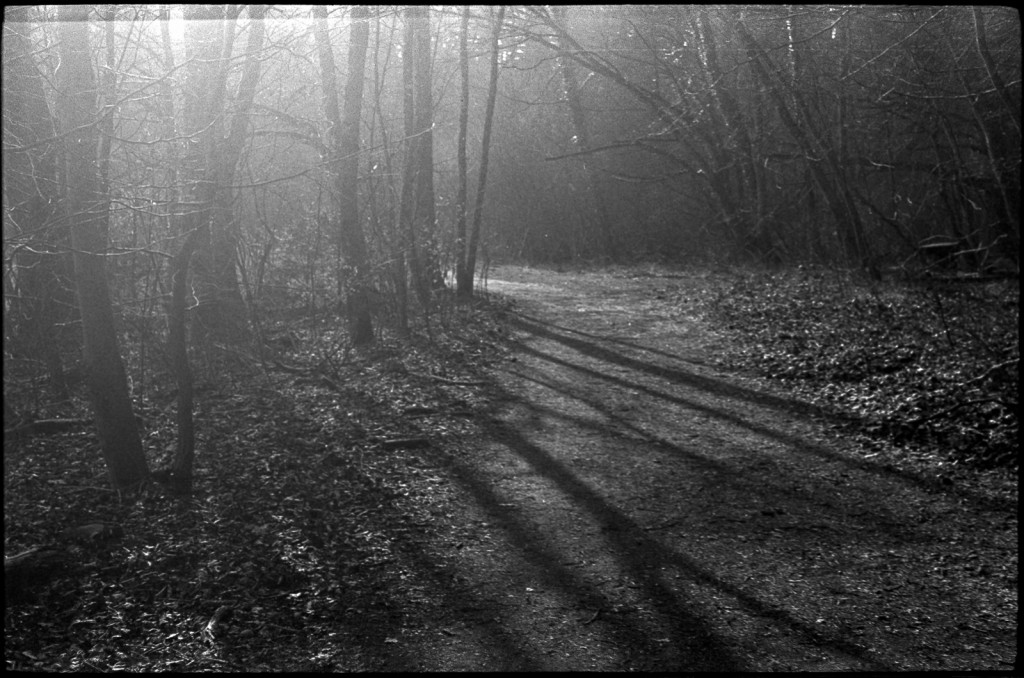
The canon has been sold for many years already but the MTL 5B I still posses. I even shot a couple of rolls until it started having issues with the film transport. Repair would be more expensive than getting the same camera on ebay. So, the camera sits on the shelf and it’s being looked at with sentimental feelings which are even strengthened by the fact that my farther threw all my negatives away in the summer of 1989.
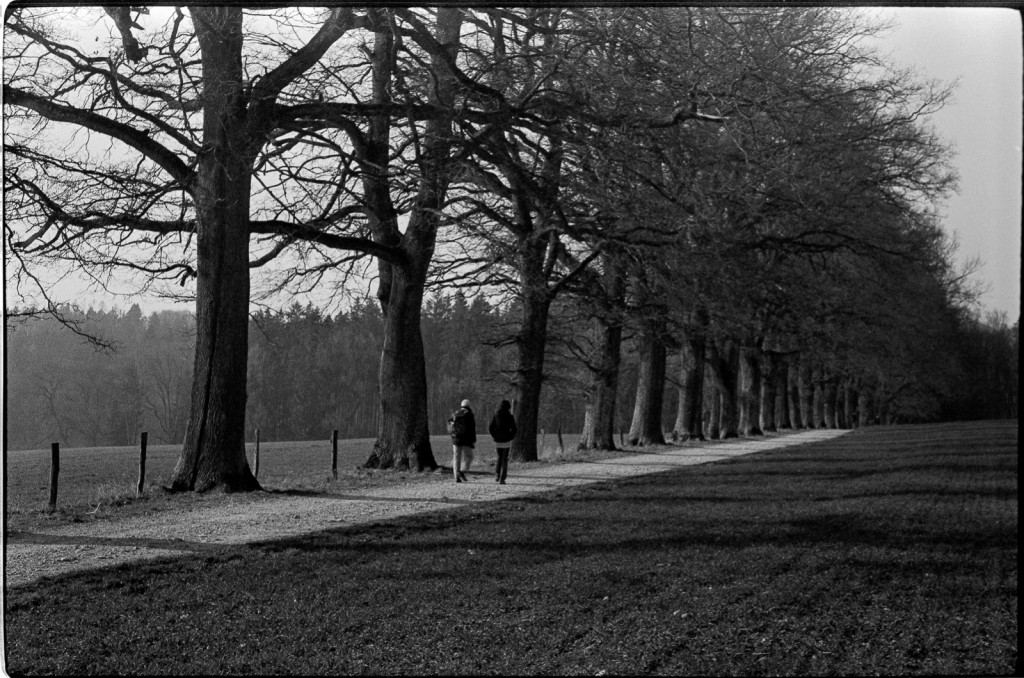
Recently, I had the rather weird idea to start to collect praktica cameras from the first model introduced in 1949 simply named “praktica” to the last model “bx20s” made until 2001. I also found a nice looking praktica according to the serial number manufactured in 1950/51 with a zeiss tessar 2.8/50mm lens right away on ebay which started this new project. The camera was the successor of the praktiflex which was only the third 35mm SLR introduced. The praktiflex was the first camera with a returning mirror as well as an interchangeable lens with a 40mm screw mount. The later prakticas introduced the 42mm thread mount which was an industry standard until the seventies.
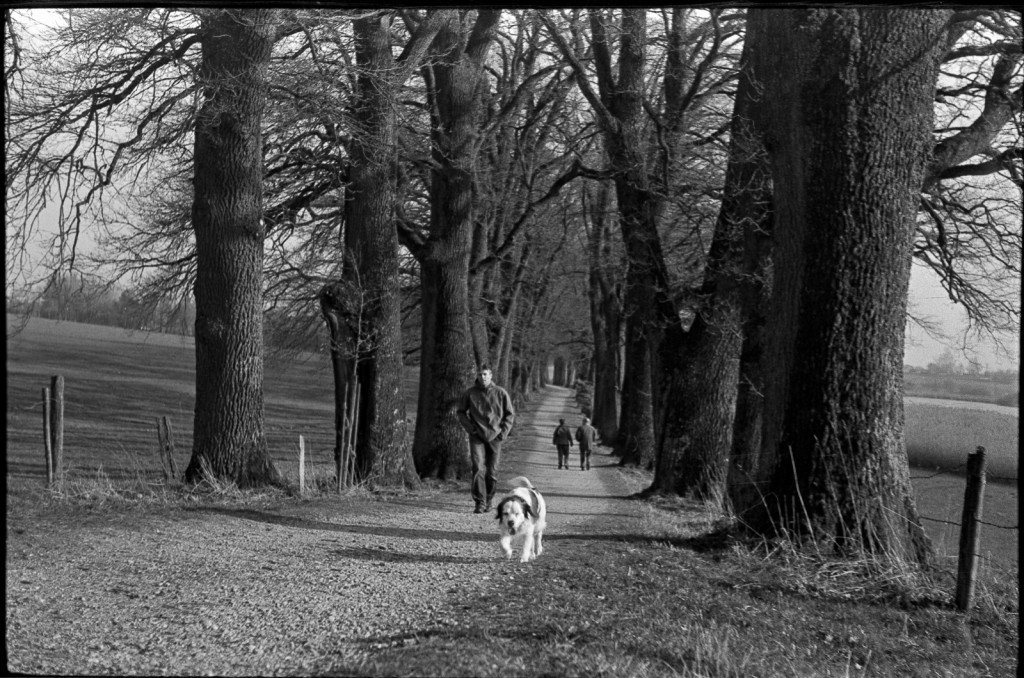
After shooting the first roll, I also realize that this will take me through many years of 35mm photography, how it advanced and how the photographic opportunities developed. On the other side also the way viewing an image changed a lot throughout these years of ever changing technologies. already while deciding whether to scan an image or not, I was thinking if I had done a darkroom print many years ago. Looking through photo magazines of the fifties and sixties, it’s easy to conclude that the perception of sharpness, detail, contrast have changed significantly throughout the years. I don’t even claim that the biggest steps in photographic development were made in the digital age. This honor is undeserved by bits and bytes but goes to many step by step innovations of the cameras, the film material as well as the ever improving chemicals and darkroom techniques. The aim is not only to collect great work of engineering but the re-creation of the conditions at the time the camera was made.
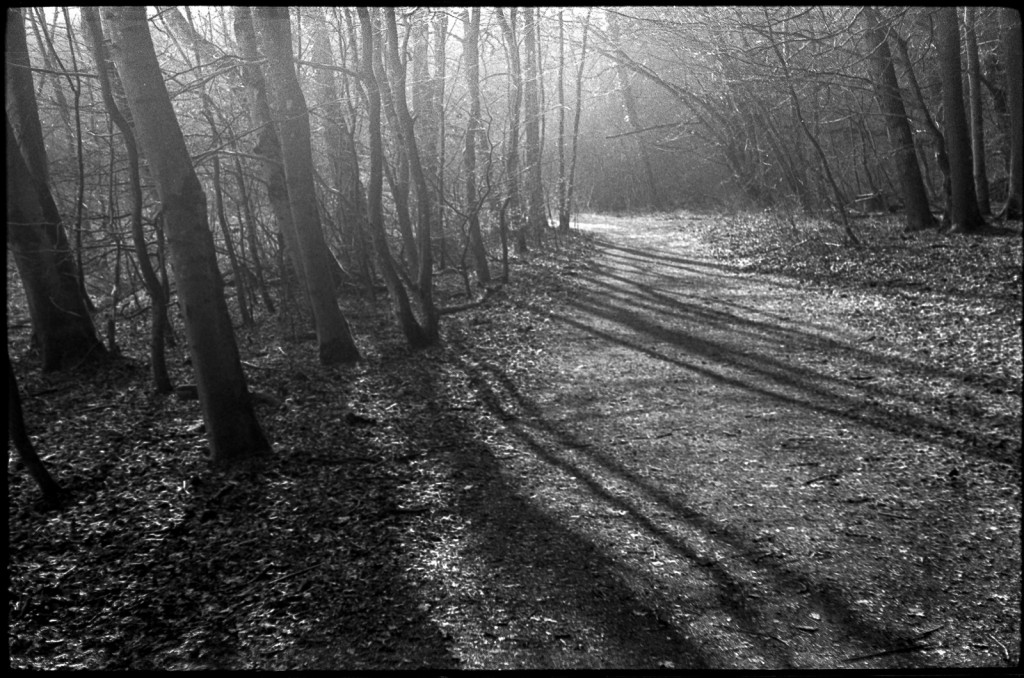
The camera has just a few knobs to do things. The waist level finder is fixed with a condenser type ground glass as focusing screen. On the upper right side is the wheel to advance the film with a frame counter and left the know to rewind the 35mm film. The exposure times can be chosen with the remaining third wheel. The release button is in front of the housing and makes a nice pleasant sound when hit. The mirror remains up after the release and needs to be charged by advancing the film first. The fact that there is no “communication” of body and lens takes a bit of getting used to since focus needs to be adjusted with an open lens before stepping down the aperture for shooting. I don’t think I’d be able to work fast with the camera. But looking trough old magazines photographers were still able to catch fast moving. For some shots I tried to use the largest depth of field possible by moving the infinity marker to the aperture used but these images turned out to be out of focus throughout while the manually focused images are OK.
The 2.8/50 tessar lens is quite OK considering its age. It’ fairly sharp and responses well shooting against the light. Of course it can’t be compared with today’s fancy and expensive glass. I’m not sure if I will run many more films through the camera. Yet, forcing myself to shoot with this camera is a re-thinking process and not just hit the shutter and go to the next frame. However, it will also look nice in my just started praktica collection.
These images here were taken on an long expired ORWO NP20 (ASA 80) and semi-stand developed in 1:100 Rodinal. What the camera looks like can be seen here.
Similar Posts:
- Praktica history – chapter four – the Praktica FX2
- taking the hasselblad to a concert
- The last roll – I sold my Konica Hexar AF
- Camera talk – the Rolleiflex 6008, should I stay or should I go
- lens talk: the voigtlaender color skopar 35mm/2.5
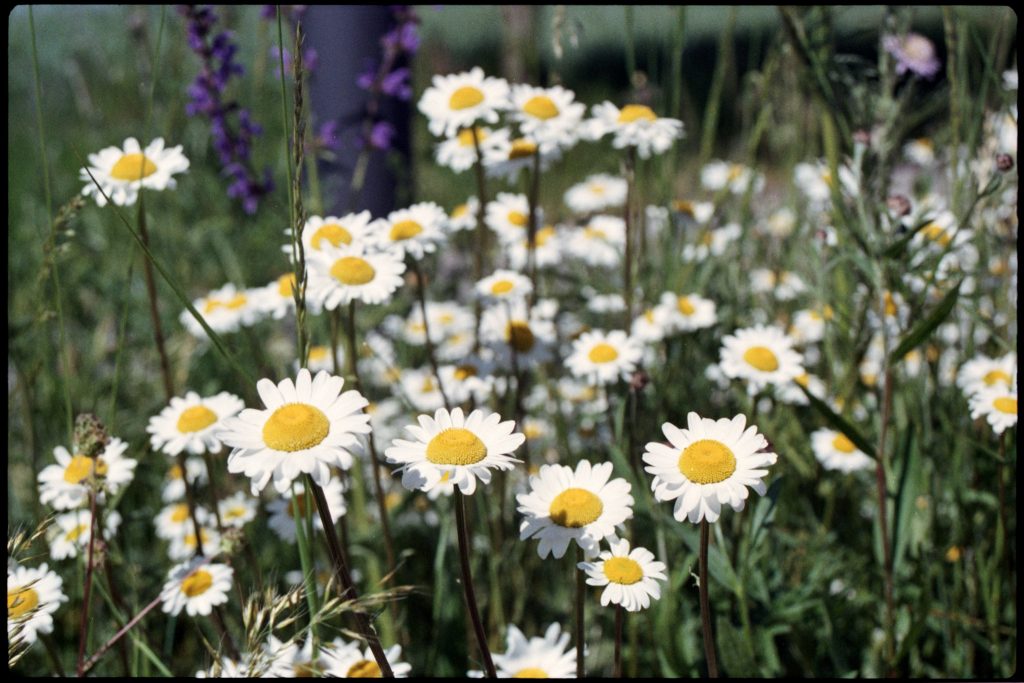
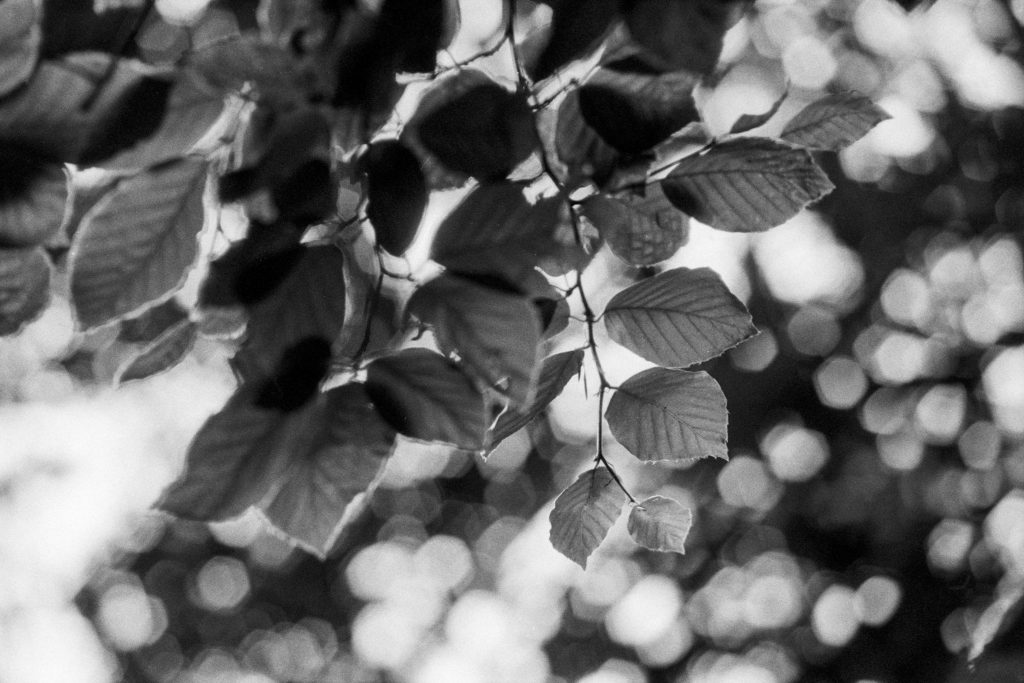
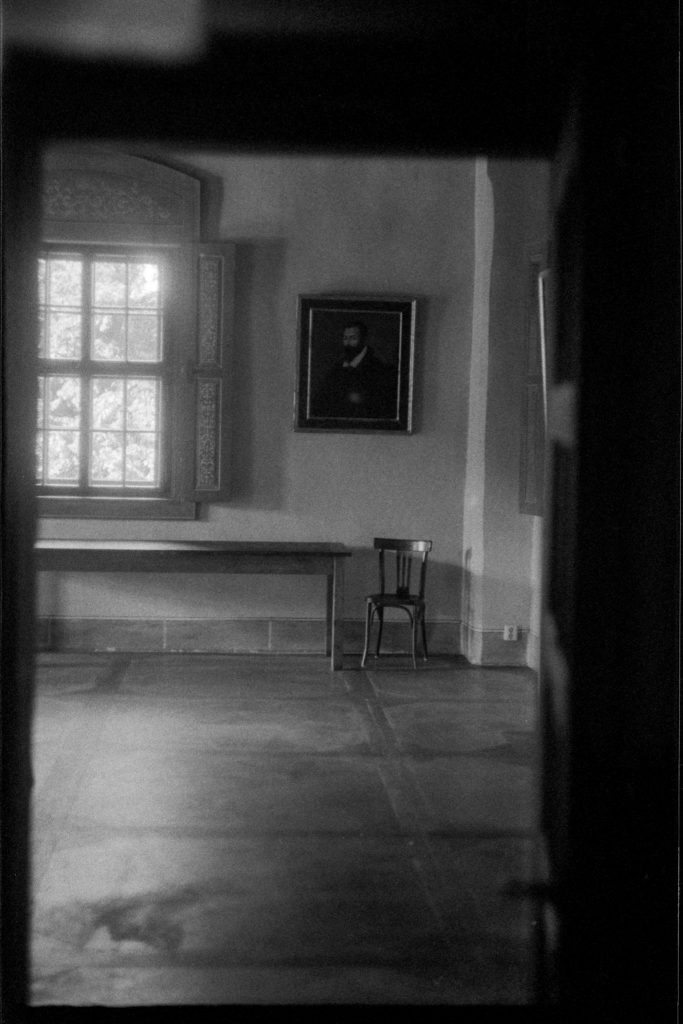
As always it is a major pleasure to read your literature , full of information, thanks for keeping me updated, Fred